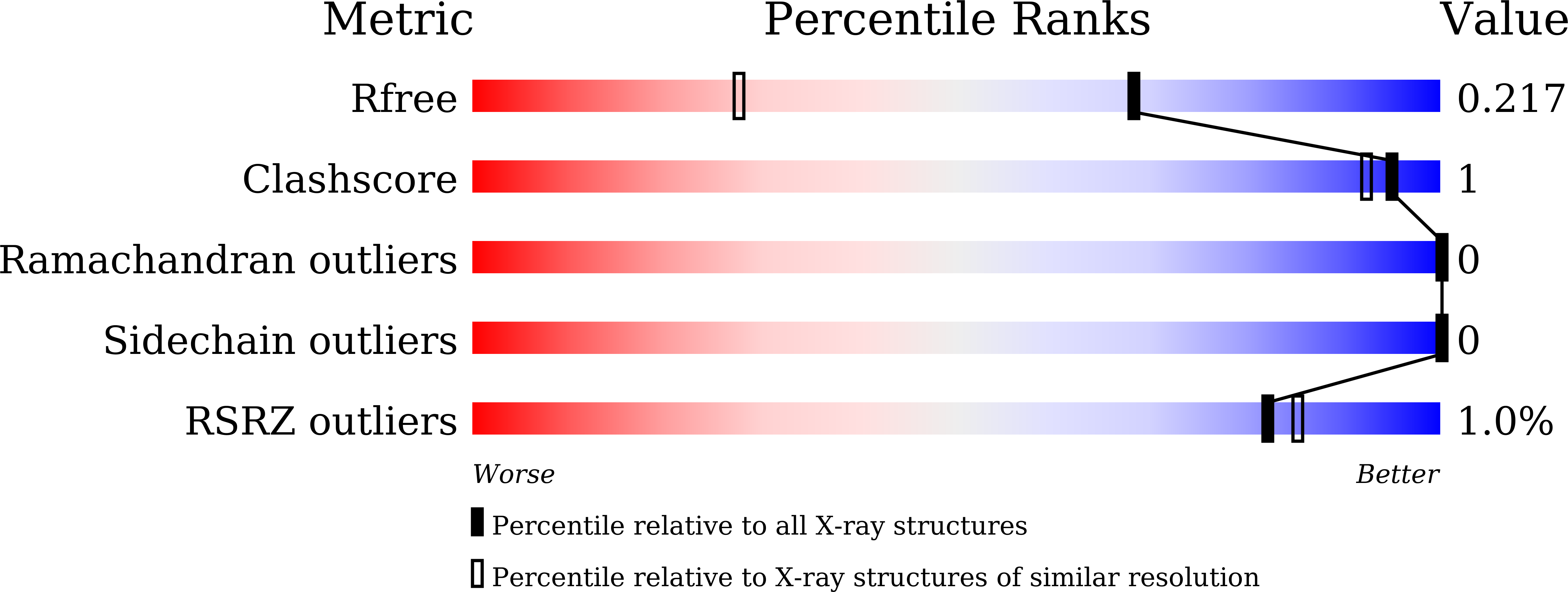
Deposition Date
2021-07-31
Release Date
2022-02-16
Last Version Date
2023-11-29
Entry Detail
PDB ID:
7FIO
Keywords:
Title:
LecA from Pseudomonas aeruginosa in complex with a synthetic monovalent galactosidic inhibitor
Biological Source:
Source Organism:
Pseudomonas aeruginosa (Taxon ID: 287)
Host Organism:
Method Details:
Experimental Method:
Resolution:
1.50 Å
R-Value Free:
0.21
R-Value Work:
0.17
R-Value Observed:
0.17
Space Group:
P 21 21 21


